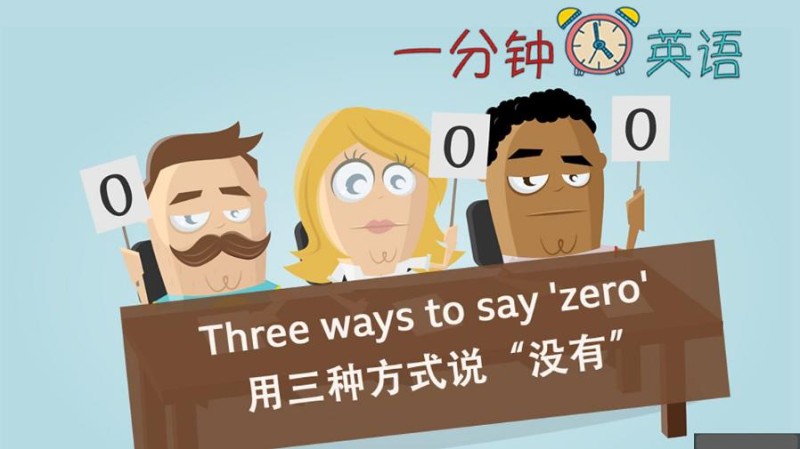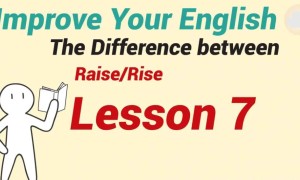内容简介
单词 “zero” 可以用来表示事物的数量为 “零”,即 “没有”。如果想表达某人或某个地方 “没有” 一件事物,除了说此物的数量是 “zero” 以外,还可以使用哪些常用的句式或词语?看视频,学习表示 “没有” 的三种说法。
文字稿
Hi, I’m Sam from BBC Learning English, and today we’re looking at the difference between no, not any and none.
Let’s have a look. Imagine you ask me this question: “Do you have any change?”
I have zero change, and I can say this in three different ways.

“Sorry, I have no change.” – where we use the verb 'have' with no, followed by a noun.
“Sorry, I don’t have any change.” – where we have the negative don’t, followed by the verb, followed by any, followed by the noun.
Or I can say, “Sorry. None at all.” – where we use none without a verb or a noun. So it's a short answer.
So now you shouldn’t have any problems with this!
用法总结
Three ways to say 'zero'
Do you have any change?
你身上有零钱吗?
I have zero change.
我一点零钱也没有。
Or you could say:
你也可以使用以下的这三种表达方式:
1. Verb + no + noun (动词 + no + 名词)
Sorry, I have no change.
2. don’t + verb + any + noun (don't + 动词 + any + 名词)
Sorry, I don’t have any change.
3. None - without a verb or a noun (直接用单词 “none”,不加动词或名词)
Sorry, none at all.







